Regions
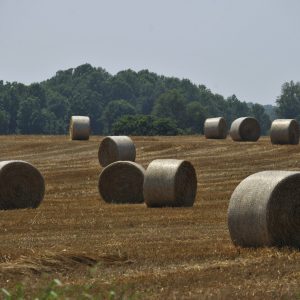
Farms and sprawl: Conservationists worry they’re losing the battle
About 45 minutes from Charlotte in neighboring Cabarrus County, the owners of 1,000-acre Porter Farms raise chickens and pigs on part of their land. The chickens are sold to Tysons Foods, and the pigs become sausage, pork chops and spare ribs for Smithfield Foods. Another part of the property is a cattle farm, and since […]
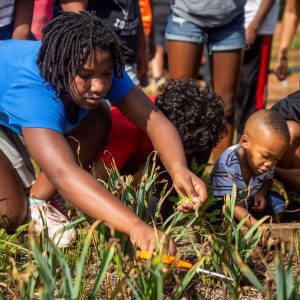
Community foundations demonstrate the importance of regional links
Can philanthropy foster greater regional connection? Yes, according to our research for the Carolinas Urban-Rural Connection project. But it’s not just the movement of money that matters, say local leaders: it’s the regional exchange of ideas about how to put that money to work that seems to make a difference. Community foundations, by definition, have […]

How can we reconnect North Carolinians to opportunities and good jobs?
To move up the ladder of opportunity, there’s generally consensus that people need jobs that pay a living wage, where they can grow their earnings over time. But what’s the best way to get workers, especially low-income workers with barriers such as low educational attainment, connected to those jobs? That’s the focus of the ReCONNECT […]

Historical Overview Part 3: The rise of banking builds a globally connected region
While Duke was building the world’s largest electrical network in the Western Piedmont, some Charlotte mill owners recognized that more money could be made loaning money to aspiring industrialists than making cloth themselves.

Historical Overview Part 2: Post-Civil War, the region becomes an industrial system
From an agrarian system to an economy based on rural mills and factories drawing workers from former farms and sending goods to Charlotte for distribution, the region undergoes rapid change.

The Carolinas Urban-Rural Connection: Strengthening ties to revitalize communities
[Read the full report here] It was a cold January day in 2018 when eight researchers from UNC Charlotte’s Urban Institute stepped out into the brisk air in Hamlet, a small town in Richmond County, N.C. A dusting of snow from a surprise storm the previous day still covered the railroad tracks adjacent to the […]
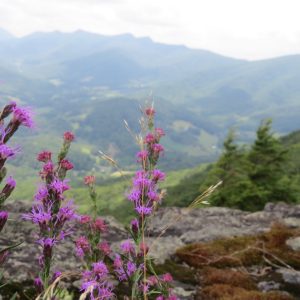
Preserving rare plants: In search of Heller’s blazing star
How do you protect a plant that grows only on rocky outcrops at high elevations in the Amphibolite Mountains of northwestern North Carolina? It takes a team.
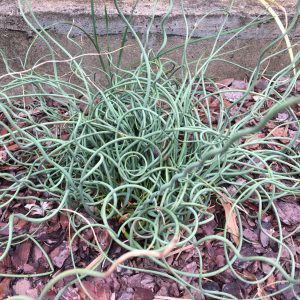
Rushes can restore some ecosystems – and beautify your backyard
“I call rushes the final frontier,” says Paula Gross, former associate director of the UNC Charlotte Botanical Gardens. “That’s because I know so little about them myself!” A 19th century botanist described the genus as “obscure and uninviting,” she notes. As with so many other plants, my interest in rushes lies at the intersection of […]
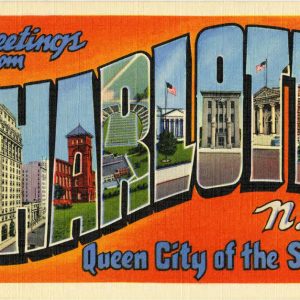
Should Charlotte’s “brand” emerge organically or be something aspirational?
Common rush (Juncus effusus) is often used in riparian restoration projects. It provides cover for wildlife and helps stabilize soil and filter stormwater runoff, and it can be found throughout the Uwharries. Jim Matthews, professor emeritus at UNC Charlotte and founder of Habitat Assessment and Restoration Professionals, calls it the “Cadillac of wetland plants” because it can grow in standing water but also tolerate dry spells.

A new Piedmont prairie?
Part of the 2017 KEEPING WATCH initiative By Meredith Hebden The Charlotte Coliseum on Tyvola Road had just opened to much fanfare when I arrived in Charlotte in September 1988. Yet it became outdated within 13 years and was demolished in 2007. When I went back last fall, 28 years later, almost all traces of […]